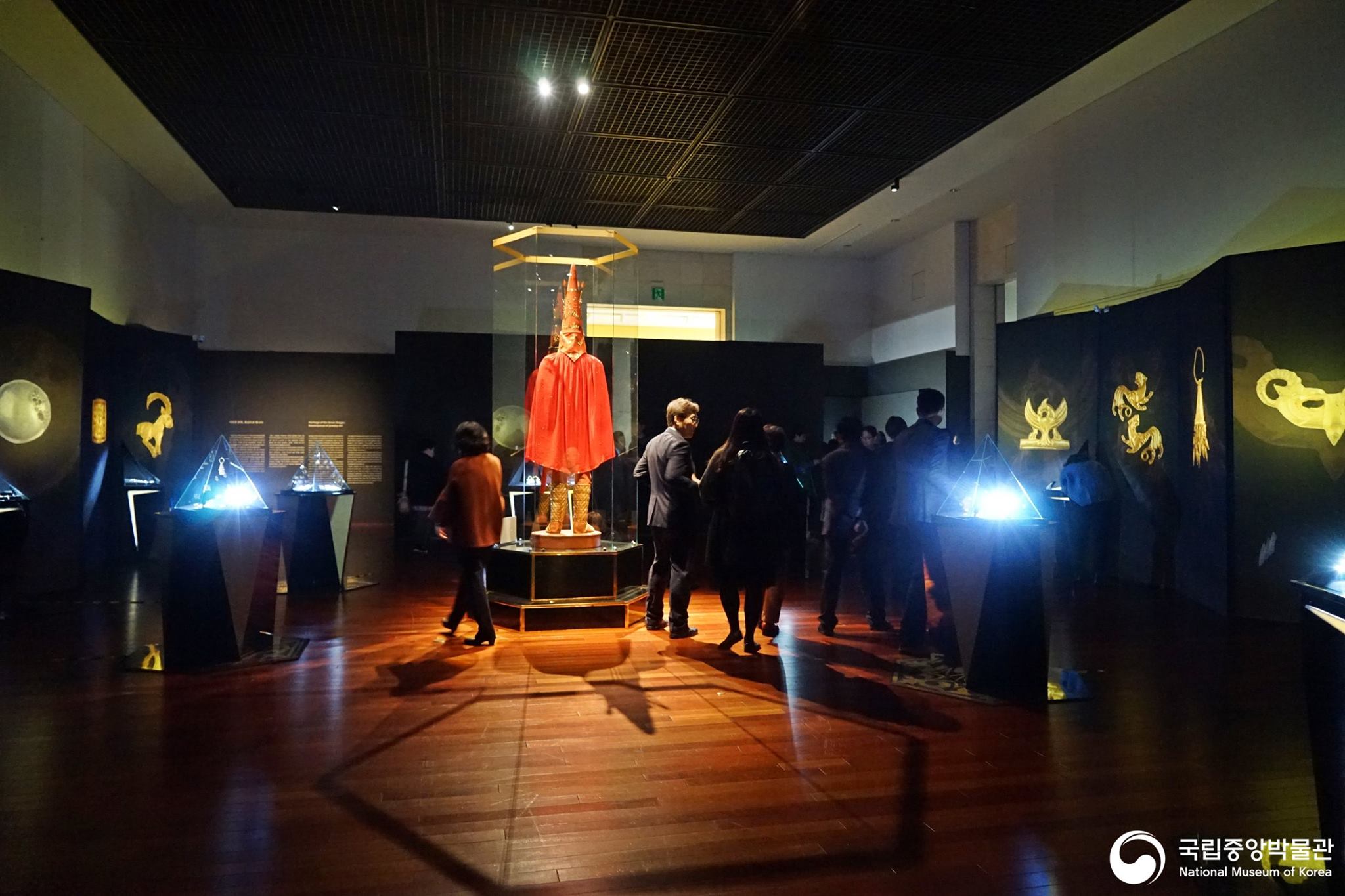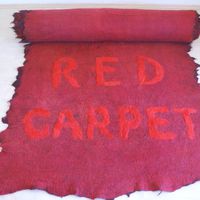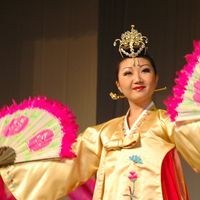Exhibition: Kazakhstan - The Cradleland of the "Golden Man"
 In collaboration with the National Museum of the Republic of Kazakhstan, the National Museum of Korea in Seoul currently presents a special exhibition entitled Kazakhstan, the Cradleland of the "Golden Man".
The exhibition, which can be visited until 24 February 2019, highlights the civilization of the great plains of Kazakhstan and the cultural heritage of the peoples who have settled, moved, and resettled countless times around the heart of Eurasia. More than 450 items including the Golden Man, the symbol of Kazakhstan, are among the precious treasures representing the country’s culture and history spanning from prehistoric times to the modern era.
Both the National Museum of Korea and the National Museum of the Republic of Kazakhstan are members of ASEMUS. Organisers hope that this exhibition will provide an opportunity for visitors to gain a deeper appreciation for the civilization and culture of the vast grasslands, as well as the lives of the nomads.
In collaboration with the National Museum of the Republic of Kazakhstan, the National Museum of Korea in Seoul currently presents a special exhibition entitled Kazakhstan, the Cradleland of the "Golden Man".
The exhibition, which can be visited until 24 February 2019, highlights the civilization of the great plains of Kazakhstan and the cultural heritage of the peoples who have settled, moved, and resettled countless times around the heart of Eurasia. More than 450 items including the Golden Man, the symbol of Kazakhstan, are among the precious treasures representing the country’s culture and history spanning from prehistoric times to the modern era.
Both the National Museum of Korea and the National Museum of the Republic of Kazakhstan are members of ASEMUS. Organisers hope that this exhibition will provide an opportunity for visitors to gain a deeper appreciation for the civilization and culture of the vast grasslands, as well as the lives of the nomads.
Contents of the exhibition
The special exhibition consists of three sections. The first section is ‘Heritage of the Great Steppe: Masterpieces of Jewelry Art’, a travelling exhibition organized by the Ministry of Culture and Sports of Kazakhstan. The precious items on display include the Golden Man, which was discovered in the Issyk kurgan and now is a symbol of Kazakhstan, as well as golden artifacts found from the historic sites of Taldy, Taksai, and Sayram. The second section, 'The Steppe, an Open Space', introduces the history, traces and Islamic culture of the vast plain. This section exhibits items that help visitors understand the grassland culture of the Kazakhs. One of them is bogeom, a golden sword found in Gyerim-ro in Gyeongju, Korea, which was known to have been transmitted to the ancient Silla kingdom. Others include Scytho-Siberian style animal-shaped harnesses excavated in kurgans. The last section, titled ‘Mutual Growth and Coexistence: The Story of the People’, features structures and interior decorations of yurt, a traditional dwelling widely used to endure the harsh environment, as well as syrmak, a traditional carpet, and dombra, the most popular instrument in Kazakhstan. On the sidelines of the exhibition, a documentary on the intangible cultural heritage of Kazakhstan is presented. Produced with support from ICHCAP - the International Information and Networking Centre for Intangible Cultural Heritage in the Asia-Pacific Region under the auspices of UNESCO, introduces various intangible cultural heritage of Kazakhstan, including asyk, a traditional Kazakh play that uses animal ankle bones; Korkyt Ata, a legendary poet; orteke, a traditional puppet play; and, traditional festive rites of Kazakh horse breeders.Further information
For additional details about Kazakhstan, the Cradleland of the 'Golden Man', please visit https://www.museum.go.kr/site/eng/exhiSpecialTheme/view/specialGallery?exhiSpThemId=411826&listType=gallerySimilar content
from - to
17 Nov 2017 - 04 Feb 2018
posted on
19 Jun 2018
posted on
17 Aug 2016
posted on
21 Sep 2022
deadline
31 May 2023





